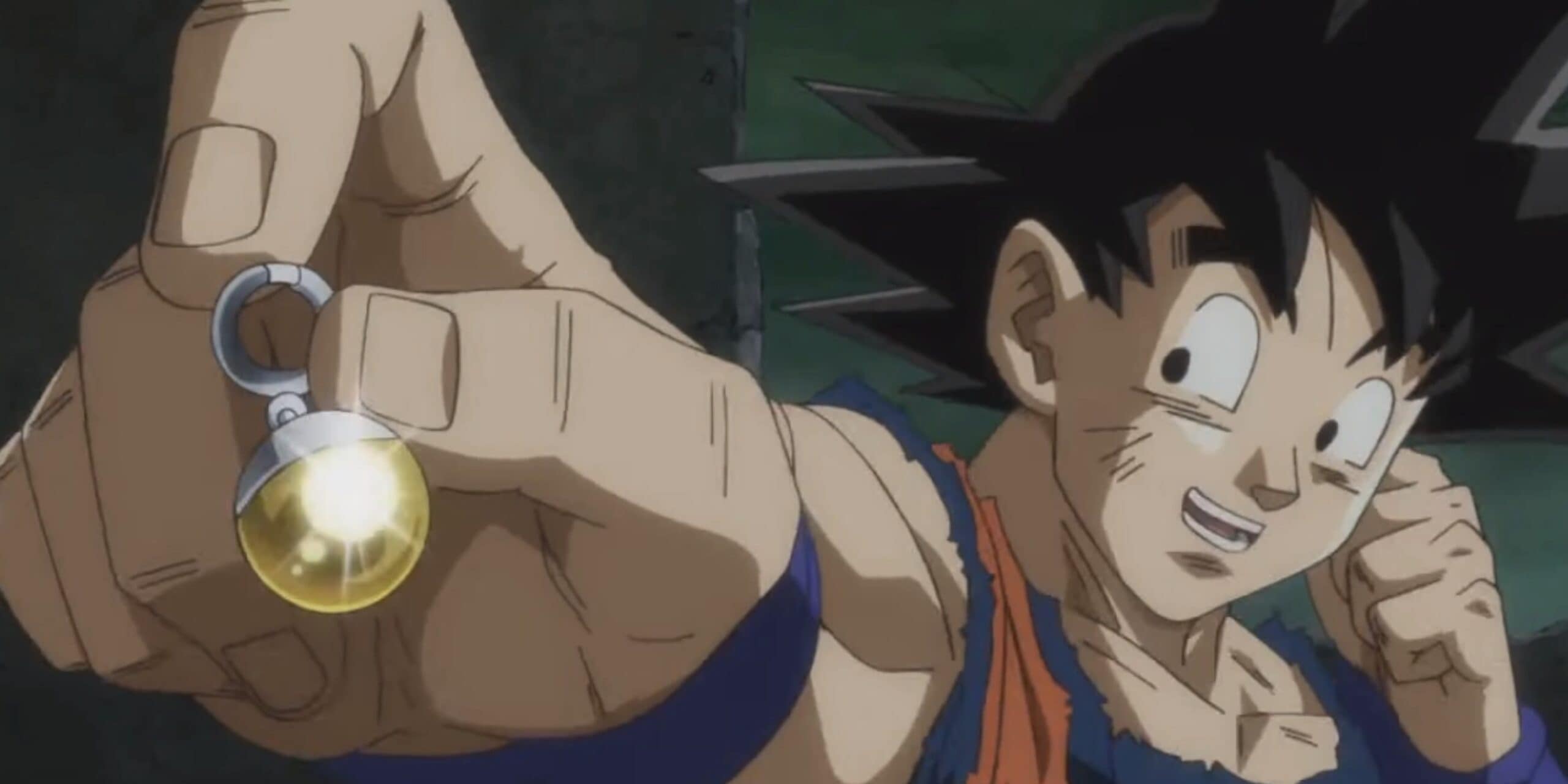The concept of fusion, the process by which two or more separate entities combine to form a unified whole, is a recurring theme in the Dragon Ball franchise. While the series often depicts fanciful methods of fusing characters together – be it through performative dance, magical earrings, or even forcible absorption – the core idea that the essence of multiple beings can merge into one remains captivating.
In exploring this concept, the official Dragon Ball website turned to the realm of real-world science, consulting a research scientist to explore whether the fusion we see in anime could ever feasibly occur in nature.
They inquired if there are any natural processes, either biological or chemical, that allow discrete components to synthesize into more complex or more powerful formations.
The scientist mused on potential avenues like advanced chemistry techniques that essentially weld molecules together or even quantum mechanical phenomena like quantum entanglement, where particles exhibit linked behavior despite physical separation.

While not as visually stunning as the fusion battles fans love on screen, perhaps similar principles echo through the natural world, allowing combinations and connections we normally overlook.
Of course, the outlandish concept of human fusion portrayed in Dragon Ball remains firmly in the realm of fiction.
But in asking a real scientist to humor how to ground such imaginative ideas in reality, we continue the timeless tradition of using fantasy to fuel innovations yet unseen in our future.
A Scientist’s Perspective on Fusion
The fantastical concept of fusion, of discrete entities combining to form a unified whole, is an intriguing one that captures the imagination.
While Dragon Ball often depicts dramatic instances of fusion through magic and might, one must wonder – does this fanciful notion have any grounding in real science?
To probe this question, Dragon Ball’s official website consulted Dr. Naoki Wada, an expert in molecular plant biology.

Dr. Naoki Wada analyzes fusion through a biological lens, noting that mergers of multicellular lifeforms are the stuff of fantasy. However, fusion does commonly occur between single-celled organisms through processes like the merging of gametes in sexual reproduction to combine genetic material into new life.
Dr. Wada also references grafting, a technique used to conjoin separate plants into one organism. Though the plants are joined through vascular bridging, they retain their individual Cellular integrity and identity.
Each component contributes to the whole, with segments of distinct ancestry coexisting in a single entity, not entirely unlike the concept of fusion from Dragon Ball.
While the flamboyant fusion we love from anime remains firmly fictional, Dr. Wada provides real-world context for the underpinnings of this idea.
Like many concepts from sci-fi and fantasy, fusion may have origins in credible science, with nature providing the blueprints for extraordinary imagination. By binding fact and fiction, we inch closer to understanding our reality in this universe…as well as others.
What Is Fusion Dance, according to the scientist?
The concept of fusion portrayed in Dragon Ball is captivating with its dramatic flair, yet grounds itself in legitimate scientific principles according to expert analysis.
When considering fantastical fusions like Gotenks, biologist Dr. Naoki Wada first hypothesized that the fusion could represent a mosaic blend of traits from the two entities.

However, closer inspection disproves this theory. Gotenks manifests as a distinct being, with defined attributes like fully black eyes rather than a patchwork mix of Goten’s and Trunks’s features.
This leads Dr. Wada to extrapolate an alternative possibility – one evoking flashes of Dragon Ball’s signature Fusion Dance.
He suggests that the two beings briefly revert to a primeval, single-celled state before rapidly combining into one fused zygote cell.
This zygote cell then undergoes accelerated mitosis, multiplying into the trillions of specialized cells that constitute the new fused entity.
It’s a rapid recapitulation of embryonic development, weaving two histories into one new being.
While extreme, this concept projects vaguely credible science into Dragon Ball’s fantasy. Zygote formation sparks new life, blending genetic pasts into new potential futures.

By taking poetic license on such fundamentals, Dragon Ball fusion remains fanciful yet relatable through anchors in reality.
We can almost imagine mystical forces catalyzing an accelerated cycle of life, death, and renewed life – shrouded in magic but not beyond conceptual possibility, thanks to the foundation of real scientific principles.
What Scientists Think About The Potarra Earrings in Real Life
The fantastical concept of fusion in Dragon Ball taps into something primal that resonates – the blending of distinct essences into a unified whole.
While techniques like the Fusion Dance suggest some innate compatibility facilitates this merger, artifacts like the Potara Earrings demonstrate forced fusion between seemingly incongruent beings.
Biologist Dr. Naoki Wada relates this to his own research fusing human and plant cells – two utterly disparate life forms. He achieved this through chemicals weakening cell membranes to enable adhesion.

In a way, the Potara Earrings act similarly – mystically breaking barriers between entities to induce fusion.
Much like these earrings mechanistically tear down walls separating even alien organisms, Dr. Wada’s work manually dissolves obstacles to inter-kingdom fusion through chemical intervention.
Both methods essentially trick cells into conglomerating despite innate differences. It is almost akin to what we see portrayed on screen – otherworldly objects coercing fusion by dissolving biological boundaries to stick cells together into an alchemical amalgamation.
And so, much like science borrowing inspiration from science fiction, perhaps here too, fantasy takes cues from reality.
The outlandish idea of forced fusion, spanning the human imagination through items like Potara Earrings, may have origins in credible techniques that enable fusing lifeforms no less alien to each other than a human is to a plant.
Once more, anchoring fantasy in traces of fact may enable the magic to feel that much more real even as it fuels flights of fancy to push boundaries ever further.





